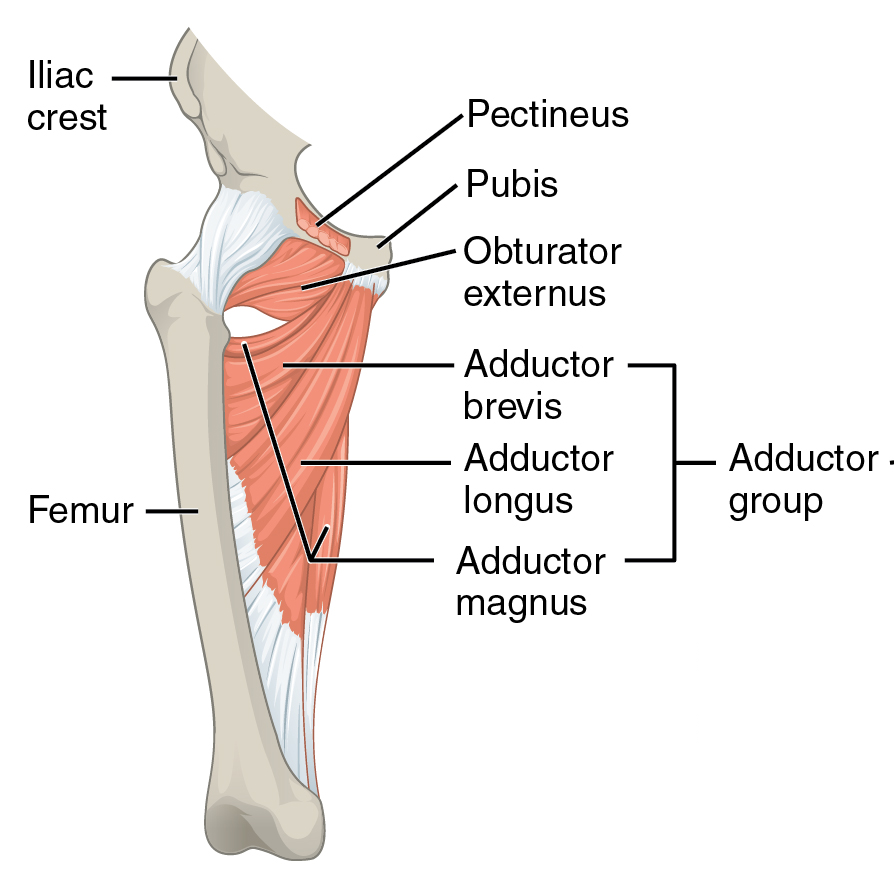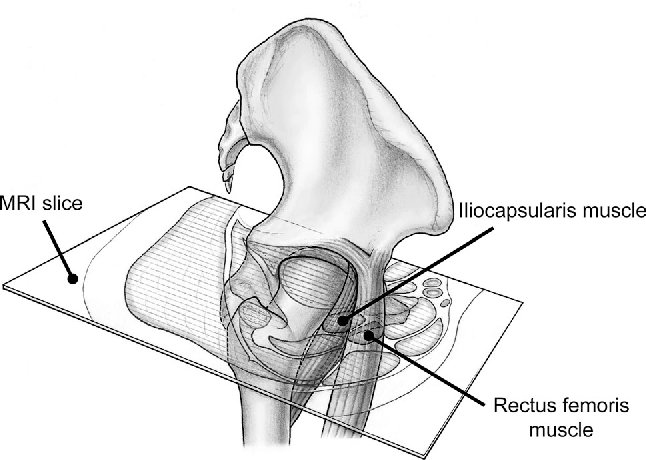Toes in for squats?
Sometimes it’s OK for “toes in“ squats...
I often hear from folks and also read on a lot of blogs and articles about whether your toes should be in or out for squats or other types of activities. The real answer is “it depends”.
What it depends on is the patient’s specific anatomy. That means we . . .
Posted in: dry needlingfemorisgaitgait cyclegastrocgastrocnemiusgluteus mediusgluteus minimusiliotibial bandinknee painlateralisoutperoneusperoneus longusquadricepsrectusrectus femorisrehabrehabilitationsquatstoestpdntrigger point dry needlingvastusvastus intermediusvastus medialis
Facilitation
While running intervals on a cool 19 degree morning, something dawned on me. My left knee was hurting from some patellar tracking issues, but only on initial contact and toe off. I generally run with a midfoot strike. I began concentrating on my feet, lifted and spread my toes and voila! my knee pain instantly improved. Very cool, and that is . . .
Posted in: cerebellumconvergencedivergencedry needlingextensorextensor digitorum brevisextensor digitorum longusflexorhip extensorlumbricalsneurologynucleiiperoneus brevispositionproprioceptionproprioceptivetrigger point dry needling instruction
Are We Rehabbing the wrong system?
I have recently run across some research that has changed the way we look at some of the rehab we do, especially proprioceptive rehab. Perhaps it will do the same for you.

Posted in: afferentsbiomechanicscirculardiameterdry needlingexercisegaitinstabilityintramuscularintramuscular therapylarge diameter afferentsmusclemusclesneedleneedlingneurologyproprioceptionproprioceptiverehabsacculesemisemicircularsensationsensorystabilizerstimulationsystemtestingtpdnutriclevestibular
The Terrible Trio
beware the gooses foot...
Recalcitrant knee pain just below the medial tibial plateau? Worse with sprints, hills and after running a while? It may be the pes anserine insertion(s).

Posted in: anserinecoronaldry needlinggracilishamstringinsertional tendinitiskneemusclemuscle layersneedlingpessartoriussemisemitendinosisstabilizersuperficialtendinosisterribletpdntrigger point dry needlingtrio
Are we rehabbing the right system?
I have recently run across some research that has changed the way we look at some of the rehab I do, especially proprioceptive rehab. Perhaps it will do the same for you. We already know that needling can effect balance and proprioception, from some of the articles I have written here, here and here.

Posted in: afferentsbalancecervical instabilitychangesdiameterdry needlingdysfunctioninstabilitylarge diameter afferentslumbarlumbar instabilitymuscleneedlingproprioceptionproprioceptivequadratus lumborumsensationsensoryspinal instabilitysternocleidomastoidsystemtpdnvestibular
The Adductor Magnus
Not just for adduction anymore....
 Ah yes... the adductor magnus. A commonly implicated muscle in hip dysfunction to include CAM lesions, femoroacetabular impingement, anterior femoral glide, as well as "hamstring insertional tendonitis" like symptoms (which would specifically be referring to the long head).
Ah yes... the adductor magnus. A commonly implicated muscle in hip dysfunction to include CAM lesions, femoroacetabular impingement, anterior femoral glide, as well as "hamstring insertional tendonitis" like symptoms (which would specifically be referring to the long head).
You will recall that the adductor magnus consists of . . .
Posted in: adductorclinical examdry needlingdry needling instructionexternalgaithiphip extensionhip flexormagnusneedlingpainrotationrotatorthightpdntrigger point dry needling coursestrigger point dry needling seminars
Iliocapsularis update
you know about this guy?
I have written before about one of my favorite muscles for dysfunctional hips, the iliocapsularis. See here and here to catch up.
 As you are probably (hopefully?) aware it has its proximal attachment at the anterior-inferior iliac spine and the anterior hip capsule (1), though it does not attach to the labrum (2). Its inserts . . .
As you are probably (hopefully?) aware it has its proximal attachment at the anterior-inferior iliac spine and the anterior hip capsule (1), though it does not attach to the labrum (2). Its inserts . . .
Posted in: capsularisdry needlingdry needling coursedry needling seminareducationilioiliocapsularisneedlingtpdntrigger point dry needling instruction
Cover image credit: http://wallpapershacker.com/skulls_sketches_skeletons_spine_drawings_hd-wallpaper-1015286/
